Does Your Bird Need a Beak Trim?
Updated on 04/26/24
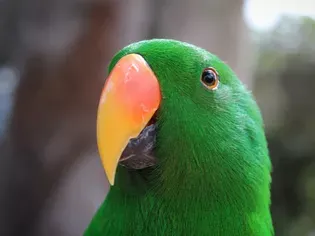
Does Your Bird Need a Beak Trim? A Comprehensive Guide to Beak Care for Birds
As dedicated bird owners, we strive to provide our feathered companions with the best possible care, ensuring their health, well-being, and happiness. One aspect of bird care that often raises questions and concerns is beak trimming. In this extensive guide, we will delve into the complexities of beak trimming, exploring its necessity, techniques, and potential risks.
Understanding Bird Beaks
Bird beaks are remarkable structures that serve various functions, including:
* Prehension: Grasping and manipulating food, objects, and perches
* Feeding: Crushing, cutting, and grinding food items
* Communication: Vocalizations, courtship displays, and social interactions
* Grooming: Preening feathers and removing parasites
* Defense: Protecting against predators and territorial disputes
Beaks are made of keratin, the same protein found in human fingernails and claws. They are continuously growing, and in healthy birds, natural wear and tear through normal beak activities keep them at an appropriate length and shape.
When Beak Trimming is Necessary
In most cases, it is not necessary to trim a bird's beak. However, certain situations may warrant professional beak trimming to prevent health problems or address behavioral issues:
* Excessive Growth: In some birds, such as parrots and macaws, beaks can overgrow due to genetics, nutritional deficiencies, or disease. Overgrown beaks can interfere with feeding, preening, and overall well-being.
* Malocclusion: Malocclusion occurs when the upper and lower beaks do not align properly, causing improper wear and potential damage to the beak or surrounding tissues.
* Trauma or Injury: Beaks can be damaged by accidents, fights, or interactions with hard objects. Trimming may be necessary to remove damaged or unsightly portions of the beak.
* Behavioral Problems: Excessive chewing, feather plucking, or aggression can sometimes be related to beak discomfort or overgrowth. Trimming can alleviate these behaviors by improving beak function.
Seeking Professional Assistance
If you suspect your bird needs a beak trim, it is crucial to seek professional assistance from an experienced avian veterinarian or certified bird groomer. Attempting to trim your bird's beak yourself can be dangerous and potentially harmful.
Techniques for Beak Trimming
Professional beak trimming typically involves the use of specialized tools such as:
* Dremel Rotary Tool: A handheld tool with interchangeable sanding bands for shaping and smoothing the beak.
* Scissors: Designed specifically for beak trimming, with curved blades to precisely remove excess material.
* Diamond Burrs: Rotary cutting tools used for precise and gradual trimming, reducing the risk of overcutting.
Potential Risks of Beak Trimming
While beak trimming can be beneficial in certain situations, it is not without potential risks:
* Pain and Discomfort: Trimming can cause discomfort or pain if performed improperly or excessively.
* Infection: Open wounds created by trimming can become infected if not properly cleaned and treated.
* Hemorrhage: Trimming too close to blood vessels can cause bleeding.
* Structural Damage: Overzealous trimming can weaken the beak's structure, affecting its function.
Alternatives to Beak Trimming
In some cases, it may be possible to address beak problems without resorting to trimming. Alternatives include:
* Dietary Modification: Ensuring a balanced and nutritious diet can promote healthy beak growth and prevent overgrowth.
* Chew Toys: Providing appropriate chew toys can help wear down beaks naturally.
* Enrichment Activities: Offering a variety of toys and activities can stimulate beak use and reduce boredom, which can lead to excessive chewing.
* Veterinary Consultation: Underlying medical conditions that may contribute to beak problems can be diagnosed and treated by a veterinarian.
Conclusion
Beak trimming can be a necessary procedure in some situations, but it should only be performed by experienced professionals to minimize risks. By understanding the indications for beak trimming, the techniques involved, and the potential risks, bird owners can make informed decisions about the health and well-being of their feathered companions. Regular veterinary checkups, proper nutrition, and enrichment activities are essential for maintaining healthy beaks and preventing the need for trimming. Remember, every bird is different, and the best approach to beak care will vary depending on the individual's needs.
Explore More Pets
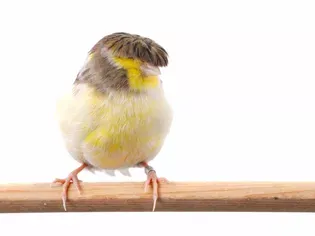
Small Bird Breeds
Gloster Canary: Bird Species Profile
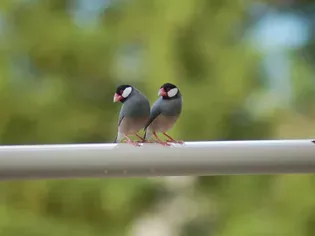
Small Bird Breeds
Java Finch: Bird Species Profile
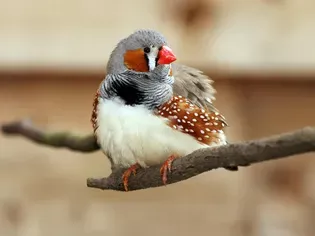
Small Bird Breeds
Zebra Finch (Chestnut-Eared Finch): Bird Species Profile
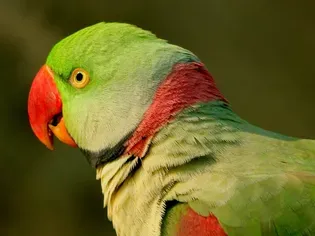
Small Bird Breeds
Alexandrine Parakeet: Species Characteristics & Care
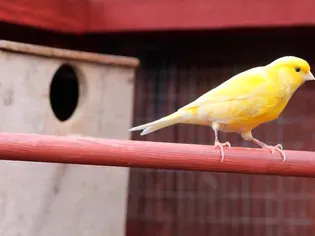
Small Bird Breeds
Canary: Bird Species Profile
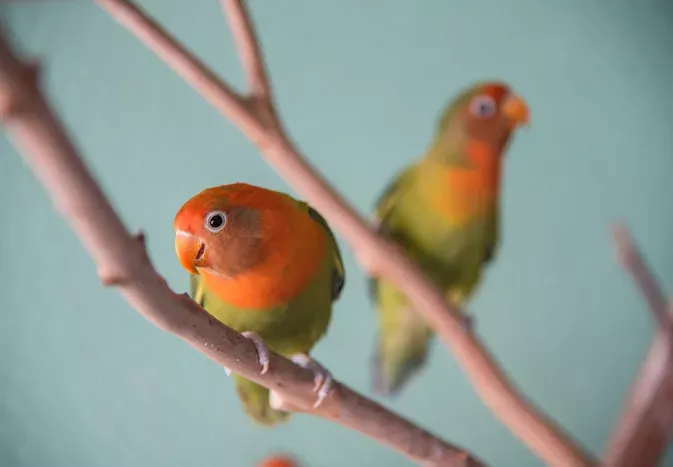
Small Bird Breeds
Lovebird (Pocket Parrot) Species Profile
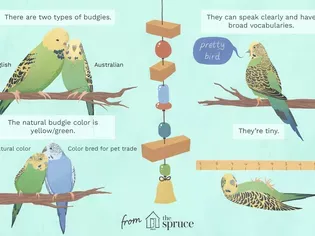
Small Bird Breeds
A Guide to Pet Budgie Birds
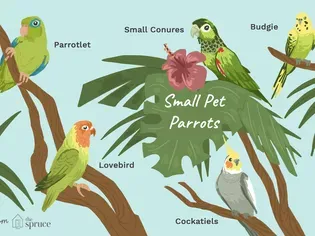
Small Bird Breeds
Types of Small Parrots